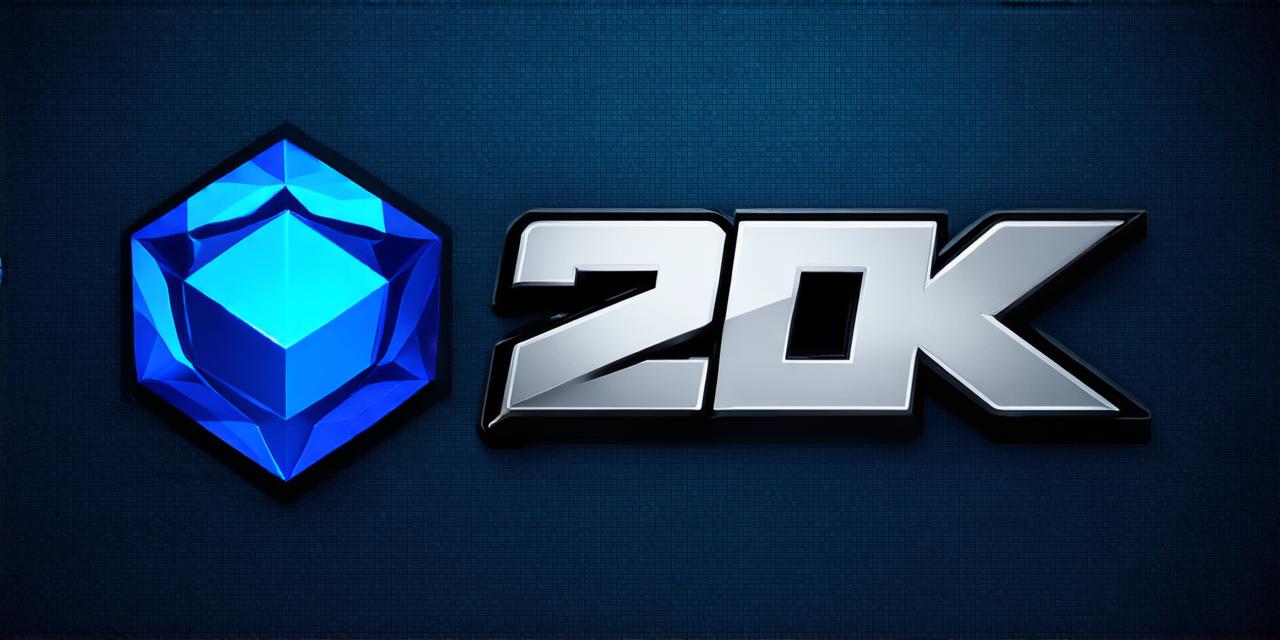WebGL is a popular open-source JavaScript API that enables developers to render interactive 3D graphics within web browsers without the need for plugins.
It has gained widespread popularity due to its ability to provide high-performance and immersive gaming experiences on the web. In this article, we will explore how Unreal Engine, one of the most powerful game engines on the market, works with WebGL to create stunning 3D graphics in your browser.
Understanding WebGL
WebGL is a low-level API that allows developers to render 3D graphics directly within the browser’s canvas element. It uses JavaScript to interact with the GPU (Graphics Processing Unit) of the user’s computer to create and render 3D objects, animations, and effects. WebGL works by defining a virtual scene in JavaScript code, which is then translated into machine-readable instructions that can be executed on the GPU.
WebGL vs. Traditional Rendering Techniques
Traditionally, 3D graphics were rendered using plugins such as Adobe Flash or proprietary game engines like Unity. However, these techniques had several limitations, including poor performance, limited interactivity, and a lack of support for advanced graphics features. WebGL provides an alternative to these traditional rendering techniques, offering better performance, greater interactivity, and support for modern 3D graphics features.
Unreal Engine and WebGL Integration
Unreal Engine is a powerful game engine that has been used to create some of the most popular games in the world, including Fortnite and Minecraft. In recent years, Unreal Engine has also been used to create interactive 3D experiences on the web using WebGL. To do this, Unreal Engine uses its own rendering engine, which is designed to work seamlessly with WebGL.
The process of integrating Unreal Engine with WebGL involves several steps. First, developers must create a new project in Unreal Engine and import their 3D assets into the engine. Next, they must configure the engine to use WebGL as the rendering backend. This is done by enabling WebGL support in the engine settings and configuring the engine to render directly to the browser’s canvas element.
Once the engine is configured, developers can start creating their 3D scenes and animations using Unreal Engine’s powerful tools. They can then export these scenes as JavaScript code that can be executed on the user’s browser using WebGL. This JavaScript code defines the virtual scene, including the position, rotation, and animation of the objects within the scene.
Advantages of Using Unreal Engine with WebGL
High-performance rendering: Unreal Engine is designed to deliver high-quality graphics and animations, even on low-end hardware. By using WebGL as the rendering backend, developers can take advantage of the engine’s powerful rendering capabilities while still delivering a smooth and seamless experience on the web.
Advanced graphics features: Unreal Engine provides access to advanced graphics features such as physically based rendering, real-time ray tracing, and advanced shaders. By using WebGL, developers can bring these advanced features to the web, providing users with an immersive and visually stunning experience.
Cross-platform compatibility: Unreal Engine is designed to work seamlessly on a wide range of platforms, including Windows, macOS, iOS, Android, and more. By using WebGL as the rendering backend, developers can create cross-platform experiences that work on any device with a browser that supports WebGL.
Large community support: Unreal Engine has a large and active community of developers who contribute to its open-source codebase.
